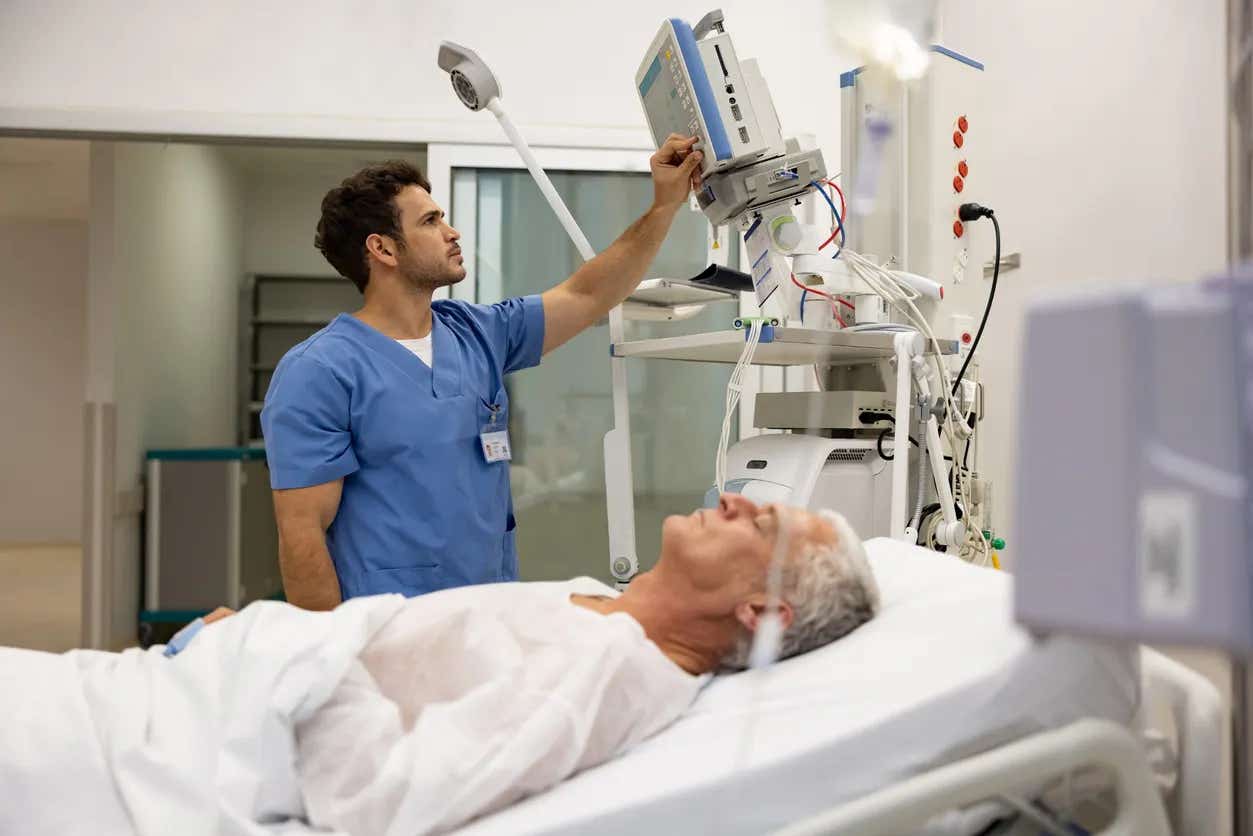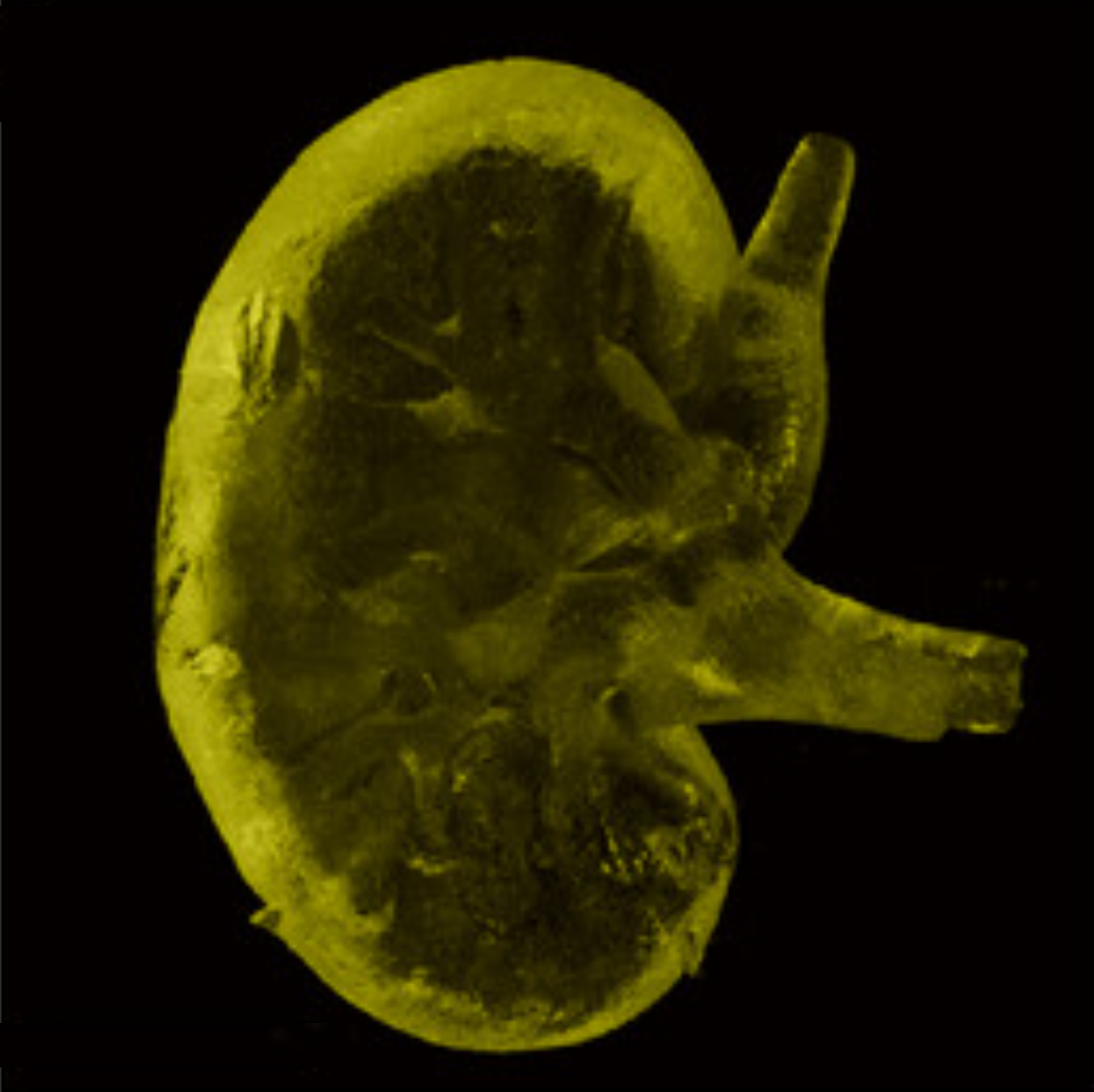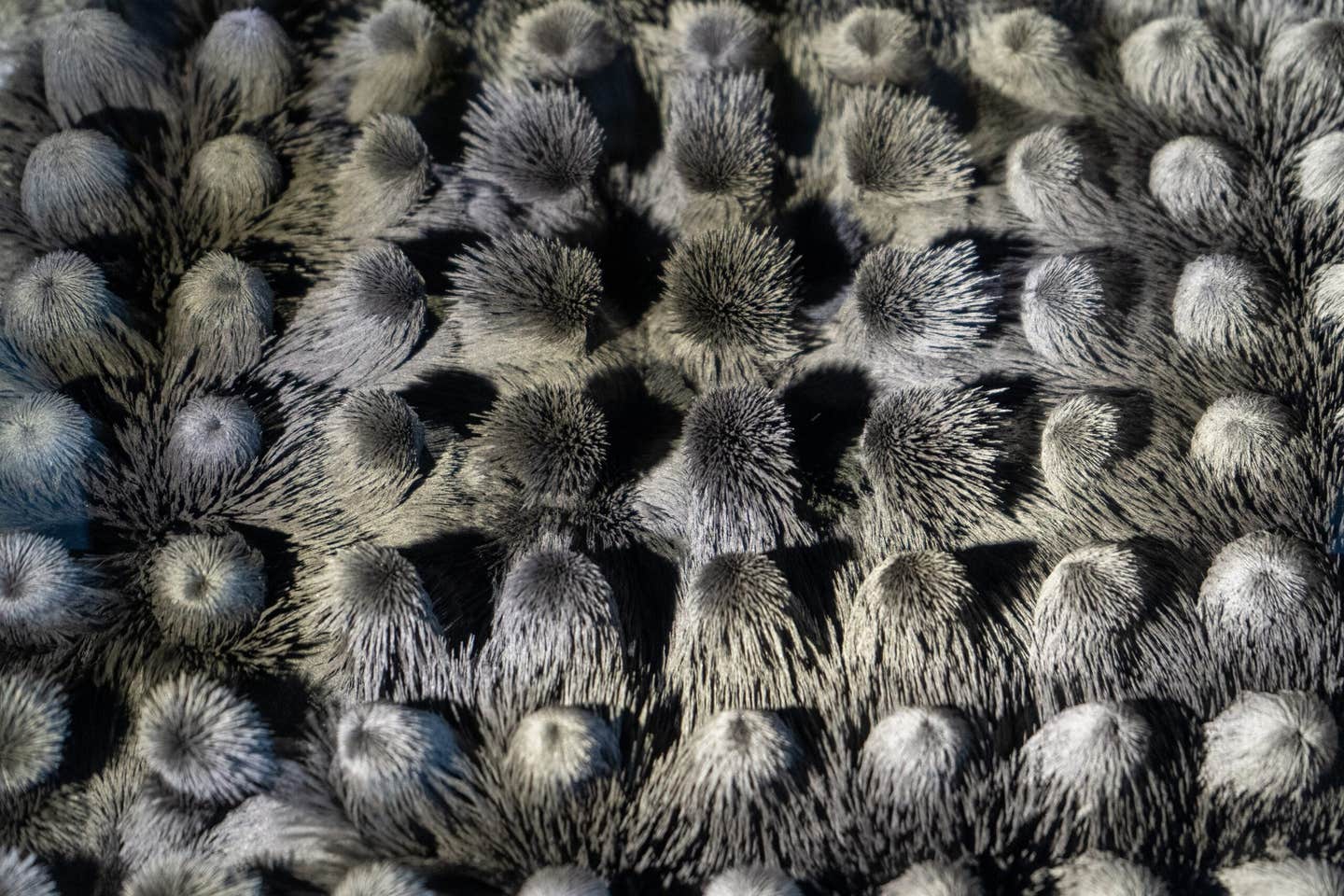Comatose patients may actually be conscious, groundbreaking study finds
In a groundbreaking study, Columbia University researchers have delved into the perplexing realm of hidden consciousness.

[Aug. 16, 2023: Staff Writer, The Brighter Side of News]
In a groundbreaking study, Columbia University researchers have delved into the perplexing realm of hidden consciousness, (CREDIT: Creative Commons)
In a groundbreaking study, Columbia University researchers have delved into the perplexing realm of hidden consciousness, a medical enigma that has long evaded the understanding of the scientific community. The investigation centers on patients who seem unresponsive following brain injuries, though they actually retain a degree of awareness.
Hidden consciousness, or cognitive motor dissociation (CMD) as it is formally known, manifests itself when patients, due to specific brain injuries, appear unconscious as they fail to respond to elementary commands. However, beneath this unresponsive facade, these individuals might still possess an intact consciousness. The condition affects approximately 15% to 25% of those who suffer brain injuries, commonly resulting from traumatic head incidents, brain hemorrhages, or cardiac arrests.
Jan Claassen, MD, an associate professor of neurology at Columbia University Vagelos College of Physicians and Surgeons and the chief of critical care and hospitalist neurology at NewYork-Presbyterian/Columbia University Irving Medical Center, spearheaded the study.
He remarked, “Our study suggests that patients with hidden consciousness can hear and comprehend verbal commands, but they cannot carry out those commands because of injuries in brain circuits that relay instructions from the brain to the muscles.”
Related Stories
This significant discovery can revolutionize the diagnosis and treatment of CMD. By pinpointing the exact brain injuries associated with the phenomenon, physicians can promptly identify patients with potential hidden consciousness, optimizing the chances for recovery through timely rehabilitation.
Claassen's earlier research had already hinted at the possibilities of unveiling the intricacies of CMD. The team discovered that particular subtle brainwaves, which can be identified via EEG (electroencephalogram), can effectively predict the existence of hidden consciousness in seemingly unresponsive patients, as well as their potential for recovery.
However, until this recent study, the exact brain pathways that were affected in CMD remained an unsolved puzzle. The team used EEG to monitor 107 brain injury patients, trying to ascertain when these patients were making unsuccessful attempts to respond to commands like “keep opening and closing your right hand.” From this pool, they detected CMD in 21 patients.
MRI scans reveal brain injuries underlying hidden consciousness. (CREDIT: Claassen lab, Columbia University Irving Medical Center)
To delve deeper, they analyzed structural MRI scans of all the participating patients. Co-lead author Qi Shen, PhD, an associate research scientist in the Claassen lab and an aficionado in areas spanning from signal processing to biostatistics, explained their methodology: “Using a technique we developed called bi-clustering analysis, we were able to identify patterns of brain injury that are shared among patients with CMD and contrast to those without CMD.”
Their findings unveiled that every CMD patient had undamaged brain structures pertinent to arousal and command comprehension. This reinforced the hypothesis that these patients were indeed processing and comprehending the issued commands but were hindered from executing them. Claassen elaborated, “We saw that all of the CMD patients had deficits in brain regions responsible for integrating comprehended motor commands with motor output, preventing CMD patients from acting on verbal commands.”
Anterior view of the supplementary motor area (SMA) and premotor cortex (PMC) region of interest (blue) used to assess motor imagery fMRI responses, as well as the Heschl’s gyrus (HG, yellow) and superior temporal gyrus (STG, red) regions of interest used to assess language and music functional MRI responses. All regions of interest are rendered in MNI152 space and superimposed upon a coronal image at the level of the mid-thalamus and an axial image at the level of the STG. (CREDIT: Edlow et al./Brain)
This pivotal research promises to facilitate a clearer understanding of which brain injury patients are affected by CMD, a crucial insight for clinical trials aiming to restore consciousness.
Nevertheless, before these investigative techniques can be integrated into regular clinical practice, more research is essential. Despite this, Claassen remains optimistic, stating, “Our study shows that it may be possible to screen for hidden consciousness using widely available structural brain imaging, moving the detection of CMD one step closer to general clinical use.”
Furthermore, not all critical care units possess the necessary resources or trained staff adept in using EEG to detect hidden consciousness. In such instances, MRI could offer a more straightforward method to discern patients in need of further diagnostic assessments.
In conclusion, as science continually unravels the mysteries of the human brain, this Columbia study is a beacon of hope for countless CMD patients and their families. With a blend of innovation, cutting-edge technology, and relentless scientific curiosity, we move a step closer to a future where the enigma of hidden consciousness becomes a chapter in medical history.
For more science stories check out our New Innovations section at The Brighter Side of News.
Note: Materials provided above by The Brighter Side of News. Content may be edited for style and length.
Like these kind of feel good stories? Get the Brighter Side of News' newsletter.



